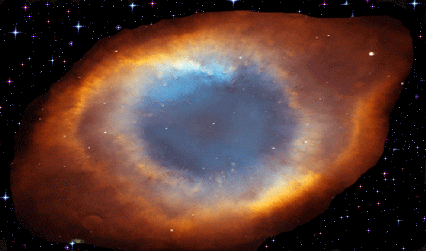 
 |
Because He Cares |
|
|
|
|

 |
|
Site Index |
|
TOPICS Emergency Help Alateen Victim Support Support Groups Grieving Compassionate Friends Helpful Guidelines in Death Funeral Options Death and Healing Police Links Dare Drugs Addictions My Name is Cocaine Counseling Agencies Domestic Violence Legal Information Legal Aid Senior Connections Youth Issues Child Abuse Family Violence Peace Bonds Victim Impact Statement Coroners Service Keep Kids Safe Bullying Family & Kids Kids Corner Teen Corner BC Governments Family Justice BC Attorney General Court Services BC Cities Journey of Hope Wemmicks Work Shops Christian Connections For Detailed Information Go To SITE INDEX |
| xxxxxxxxxxxxxxxxxx |
 What is a GPS  |
  I URGE YOU to view the Web Page "TO GOD I PROMISE" & DO IT |
  What is My God's GPS |
|
Home
-
What is a GPS
-
Stars & Galaxies
-
Contact My Other Website: Highway of Tears --I am Missing - Doors of Hope - Windows of Hope - Stop Child Abuse NOTE - Does NOT View properly in FIREFOX Browser |
|
HE
CREATED Amazing Close Up Pictures of Moths - Beetle - Froggie - Squirrel The Birth of a Chicken |
GENEVA BIBLE 1594 I have an Original Copy It's a BABY - NOT a FETUS Mission to the Philippines |
Special Videos Plus Music/Song Inspiring and Touching by: Nick Vujicic - Connie Talbot The Sky Angel Cowboy David Phelps - Lynda Randle |
WOW - Look at
This NESSIE and HIGH ROPES Ness Lake Bible Camp POEMS "I Saw The Cross Jesus Paid it All" & Others |
What God
Speaks Into Our Hearts Share Your Stories - email Tony Oh Lord, I Want to Sing a New Song by Katelyn |
|
HE CREATED - Videos Squirrel Bites Me - Fox Two Bears - Baby Canary Squirrel Hiding Seed Hungry Squirrel - Deer Resting |
It's 23 below Zero Cel. Poor Squirrel is Hungry More Winter Pictures 2013 My Favorite SUNRISES - SUNSETS |
Ice Flow -
Looks Like Steambath Nechako River in Prince George  Click on Picture More Winter Pictures Here |
FUNNY-COOL VIDEOS Join Me in a Snowy ride winter of 2011 The CAP of the bottle of Pellegrino popped Click on Picture |
ME
 PARASAILING LOL |
|
Trifid Nebula
The Trifid Nebula, aka M20, is easy to find with a small telescope and a well-known stop in the nebula rich constellation Sagittarius. But where visible light pictures show the nebula divided into three parts by dark, obscuring dust lanes, this penetrating infrared image reveals filaments of luminous gas and newborn stars.
|
Beauty in the Night
As
space shuttle Endeavour raced into space to
begin the STS-123 mission, an amateur
photographer captured this view from the
waterfront in Titusville, Florida. |
Windblown
A fast and powerful wind from a hot young star created this stunning bubble-shaped nebula, poised on the end of a bright filament of hydrogen gas. Cataloged as N44F, the cosmic windblown bubble is seen at the left of this Hubble Space Telescope image. N44F lies along the northern outskirts of the N44 complex of emission nebulae in the Large Magellanic Cloud, a mere 160,000 light-years away.
|
Star Crossed
How massive can a star be? Estimates made from distance, brightness and standard solar models have accorded one star in the open cluster Pismis 24 over 200 times the mass of our sun. This star is the brightest object located just to the right of the gas front in the above image. |
Dusty Stellar Nursery Revealed
How can something as big as a star go undetected? The answer is dust. Stellar nursery DR21 is shrouded in so much space dust that no visible light escapes it. By seeing in the infrared, NASA's Spitzer Space Telescope pulls this veil aside. The new observations reveal a firework-like display of massive stars surrounded by a stormy cloud of gas and dust. The biggest star is estimated to be 100,000 times as bright as our own sun.
|
Sunday November 17, 2013